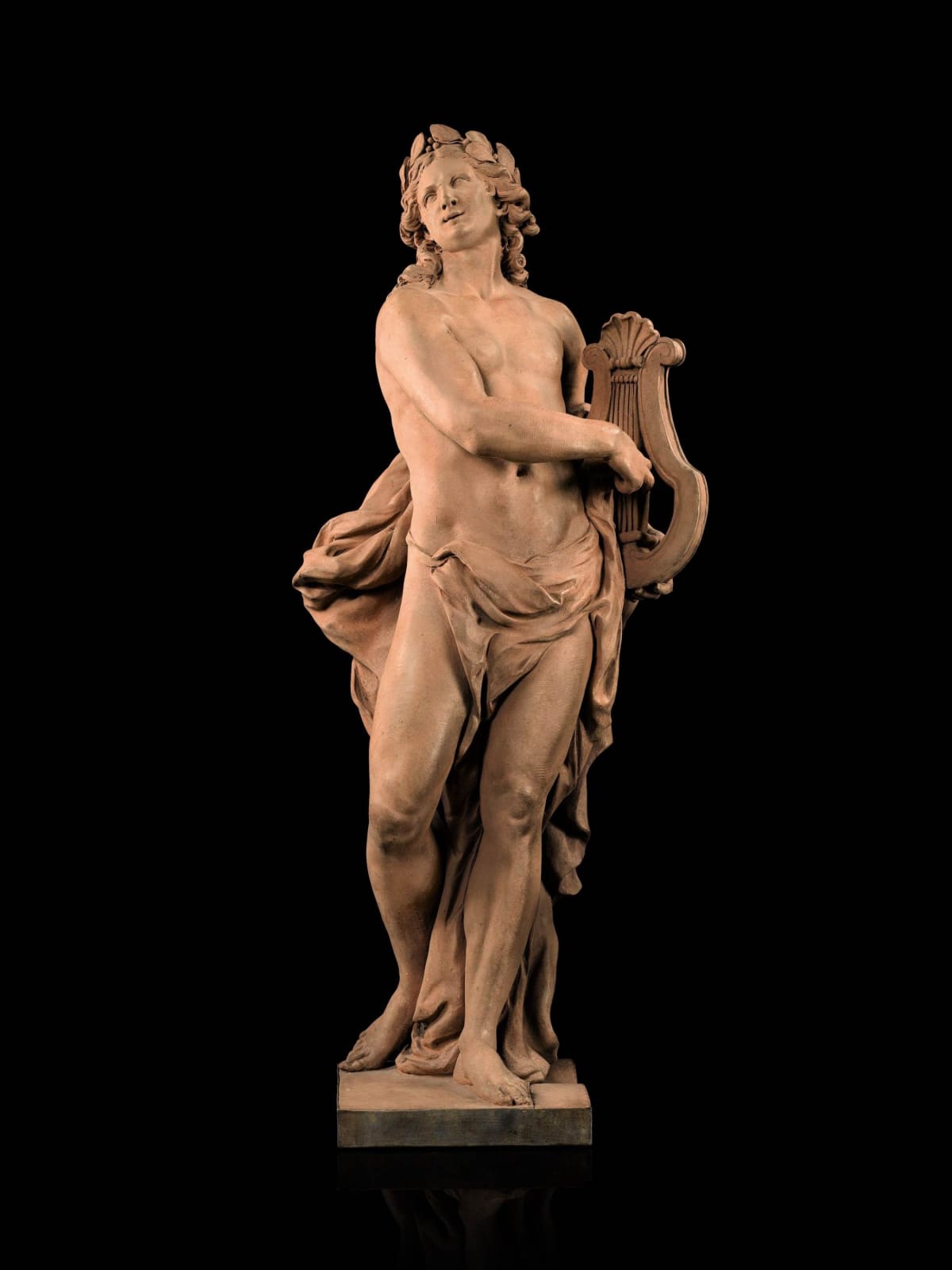Jean-Joseph Vinache (Paris 1690 - 1754)
Jean-Joseph Vinache was born in Paris in 1690. His father, the Italian Jean Vinache (born Giuseppe Vinaccia) was a bronze founder. Jean-Joseph became a sculptor, whose exceptional skills were soon noticed by an agent of the Elector of Saxony, Kurfürst Frederich Augustus I, who summoned him to Dresden to finish his equestrian statue. The finished work, the famous Goldener Reiter, for which a model in gilded plaster and a bronze reduction have been preserved (the latter now in the Grünes Gewölbe), survived the Dresden firestorm and still stands there today.
Vinache continued working for the Elector, making copies after antique statues and executing various other commissions, studies for which are kept in museums such as the Louvre. In 1736 Vinache returned to Paris, where he was accepted at the Académie Royale de Peinture et de Sculpture. He received various public commissions, such as the sculpture he made for the chapel of St. Francis Xavier in the Church of St-Paul and St-Louis in the Marais district of Paris.
The present work represents Apollo, the Greek god of light, truth and music, among other things. Apollo is depicted wearing a laurel wreath – one of his attributes – and carrying a lyre. According to Greek mythology, the infant Hermes invented the lyre, which he later gave to Apollo in exchange for some cattle – from then on, the lyre became one of Apollo’s most common attributes. As no marble or bronze version of the sculpture exists, it is very well possible that this terracotta was, in fact, a finished work of art and not a bozzetto. This is supported by the fact that the sculpture, which is fully sculpted in the round, is finished to a high degree.
Provenance
Private collection, France.
